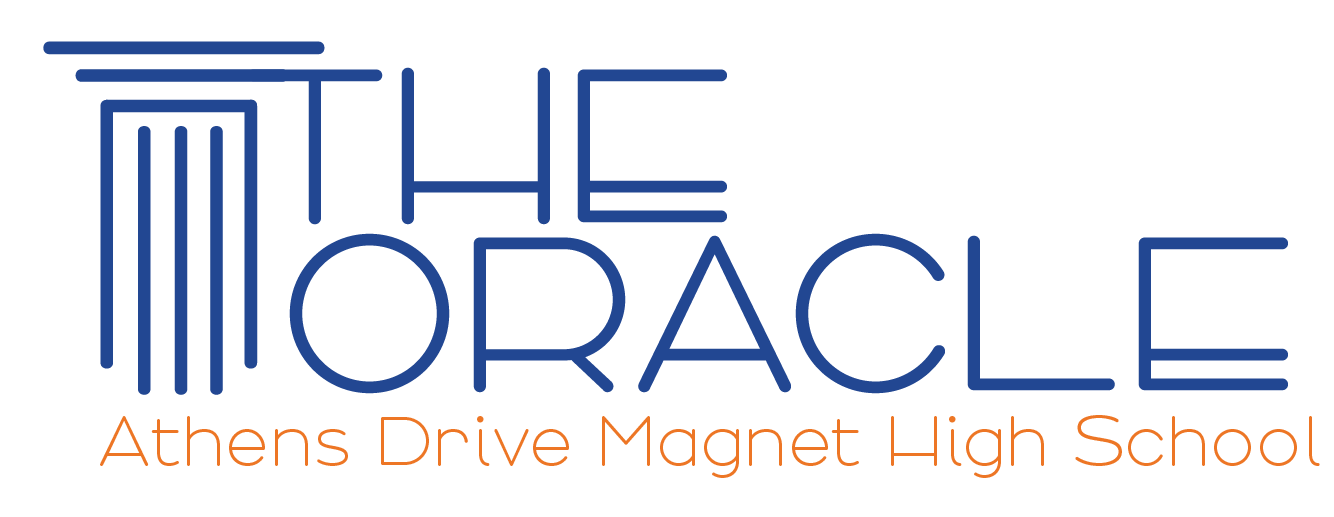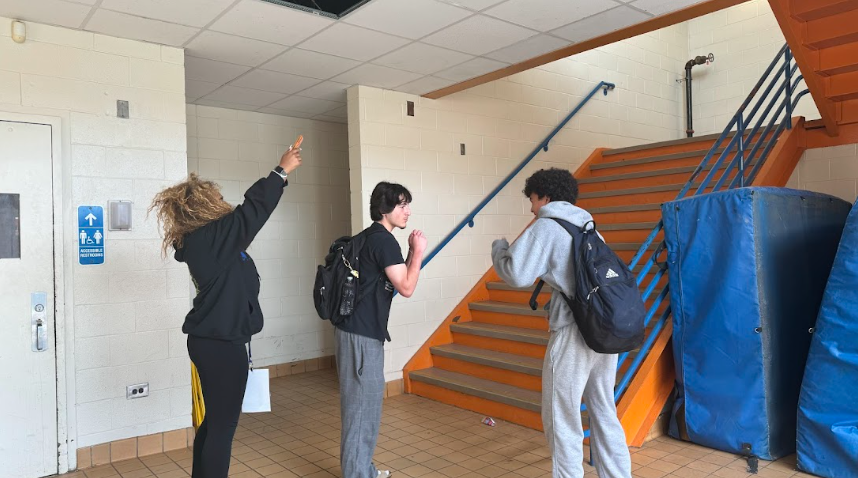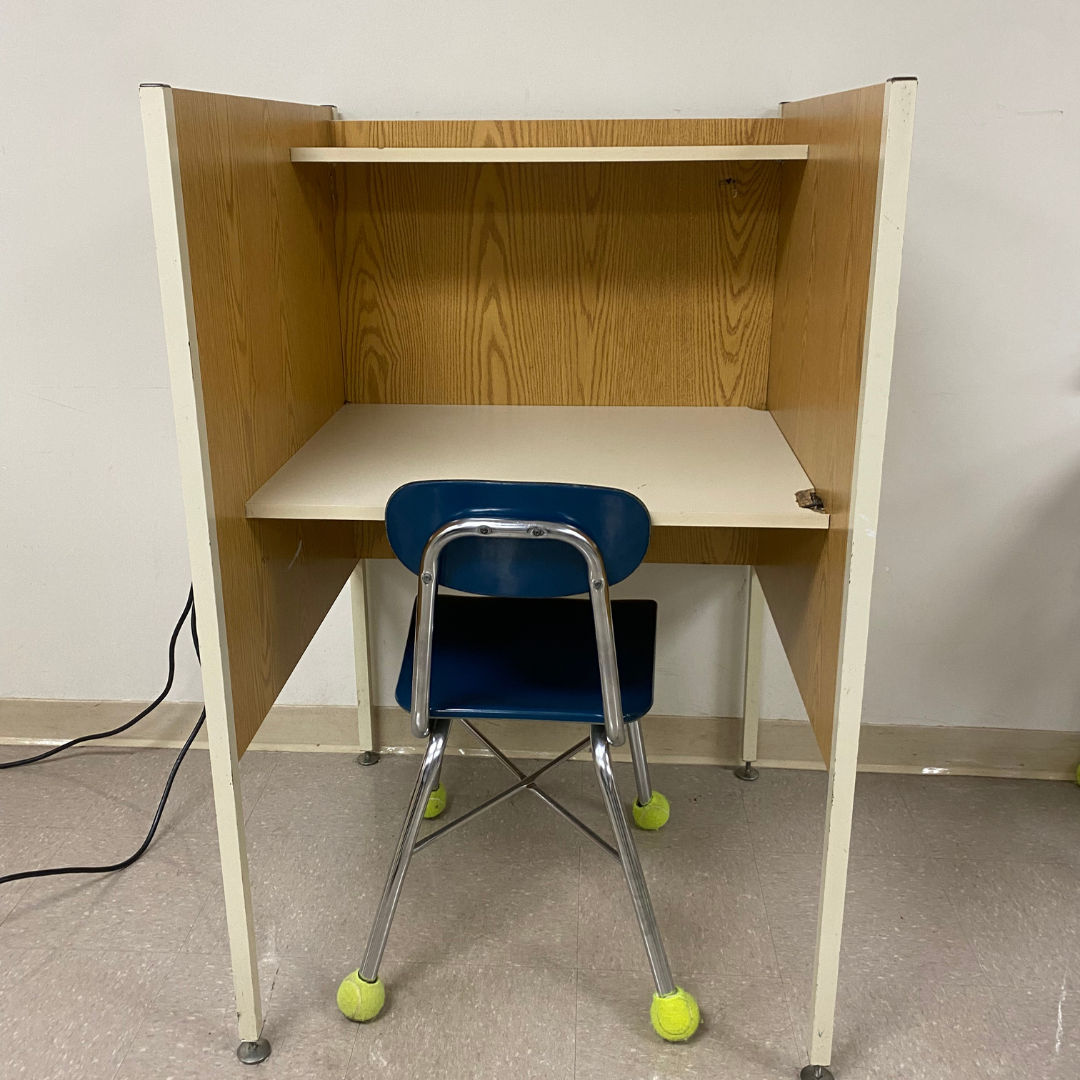The United States is highly segregated in regards to education. The vast majority of people who attended college ultimately become coworkers or only associate themselves with other college graduates. Ironically, according to Jeffrey J. Selingo, only three in every 10 Americans have a bachelor degree over the age of 25. Of those people who have received college educations, many of them associate the word “college” with a four-year university, when in fact people can greatly benefit from attending a local community college for two years prior to transferring to a university.
Community college is an excellent option for students who financially cannot afford to attend all four years at a university. Most community colleges cost less than $2,000 per semester, significantly cheaper than an in-state university. The low tuition cost allows students to work, maintain academic excellence and financially prepare for a four-year university if they plan on transferring.
Not only do community colleges provide low tuition for students, but they also give students the opportunity to partake in smaller first-year classes until students are ready to transfer to a university to take major-based classes. There are many advantages to participating in smaller classes. For one, students are able to receive more personal attention than the entry classes at a four-year university. Students are also able to receive additional instructional time if necessary, while at a university professors may not even known their students’ names.
Community colleges also provide a much more flexible schedule in comparison to universities. Community colleges offer far more night classes than four-year universities. Along with the flexible schedule, students are able to explore many more career paths while still receiving valuable credit hours.
Not only do students receive a well-rounded education at a community college, they can hold well paying jobs without attending a four year university. According to Selingo, community colleges are the gateway to the jobs of tomorrow that cannot be easily automated by robots.
Most “middle-skilled” jobs require more than a high school diploma but do not demand a bachelor’s degree. According to Georgetown University’s Center on Education and the Workforce, there are roughly 29 million of these jobs. Georgetown University’s Center on Education and the Workforce also states that of the jobs, some 11 million of them pay $50,000 or more a year, and 4 million pay $75,000 or more.
Despite the high demand for these jobs, employers struggle to find workers with enough educational experience to fill these positions. Some areas include advanced manufacturing, healthcare, and information technology.
It is very unfortunate that community colleges suffer from such a negative stereotype, even though they are an excellent option for students who are unsure of their major or cannot afford paying universities’ high tuitions. Many students who end up attending a four-year university end up dropping out and would have been much better off attending community college in the first place.















